There’s a kind of electricity in the air before a Metal Gear mission starts; not the superhero-thunder kind, but something subtler. Picture it: a lone soldier crouched under a night sky, far-off floodlights sweeping across wet concrete, a cigarette ember glowing before it’s crushed into the dirt. That blend of espionage tension, cinematic flair, and half-whispered conspiracies is what makes the Metal Gear Solidstory so unforgettable.

- Known for complex plots, memorable characters, and breaking the fourth wall, it has become one of gaming’s most influential franchises.
Why Metal Gear Solid Story Feels Like a Labyrinth and a Movie at the Same Time
Part of the charm, or the frustration depending on who you ask, is that the series doesn’t just tell a story in order. Hideo Kojima loops through flashbacks, tangled family ties, and political revelations until you’re not sure if you’re playing an action game, watching a spy thriller, or decoding an academic paper on nuclear deterrence. You might wonder, Do you need to play these games in chronological order or release order? It depends; chronological order makes the saga clearer, but release order lets you discover twists the way Kojima intended.
Metal Gear Solid Narrative Design
Kojima’s secret weapon is his willingness to break the rhythm of action to serve the story. One moment you’re cautiously sneaking past a guard, and the next you’re locked in a 12-minute codec call detailing covert Cold War policies and personal grudges. It’s part movie script, part stage play, with occasional fourth-wall breaks, like asking you to physically change controller ports to beat a psychic boss.
Immersion isn’t built on graphics alone. The series uses environmental touches: snow crunching underfoot, discarded cigarette smoke curling through moonlight, real-world political headlines peppered among fictional events, all part of the Metal Gear Solid story that makes you forget you’re sitting on your couch. This is why people often say, Metal Gear doesn’t just feel like a game… it feels like you’re participating in a film.
The Metal Gear Timeline at a Glance
The plot actually starts decades before the first 3D PlayStation Metal Gear Solid. Chronologically, you’d go like this:
- Metal Gear Solid 3: Snake Eater (1964)
- Metal Gear Solid: Peace Walker (1974)
- Metal Gear Solid V: Ground Zeroes (1975)
- Metal Gear Solid V: The Phantom Pain (1984)
- Metal Gear (1995)
- Metal Gear 2: Solid Snake (1999)
- Metal Gear Solid (2005)
- Metal Gear Solid 2: Sons of Liberty (2007–2009)
- Metal Gear Solid 4: Guns of the Patriots (2014)
- Metal Gear Rising: Revengeance (2018)
It’s in this order that you’ll see Big Boss’s transformation from Cold War hero to legendary antagonist; and, crucially, understand why Solid Snake isn’t the first “Snake” at all.
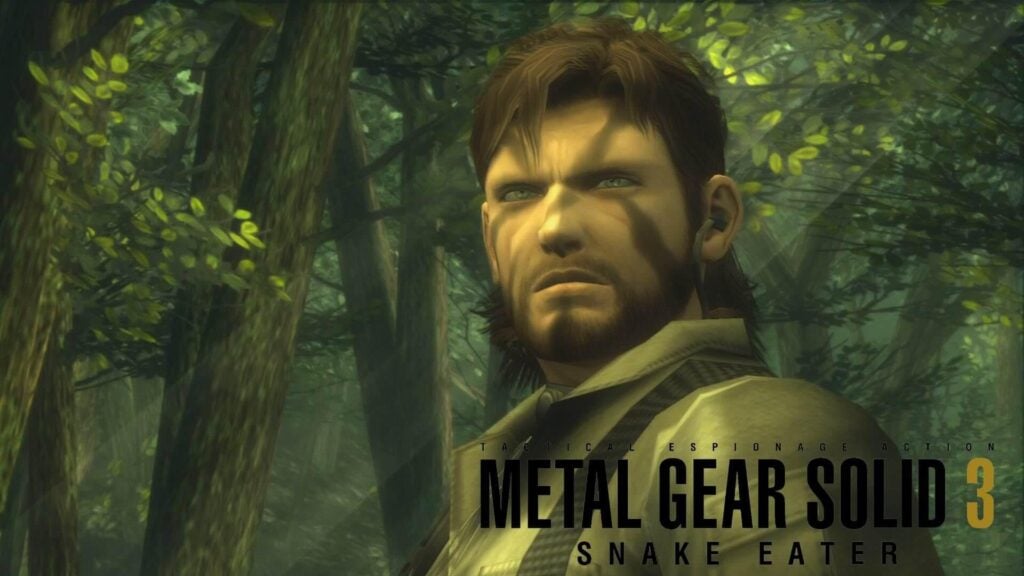
- Amid Cold War tensions, Snake’s journey becomes a test of loyalty, sacrifice, and the cost of becoming Big Boss.
1. Metal Gear Solid 3: Snake Eater (1964); The Birth of Big Boss
Jungles rustle under Cold War tension as Naked Snake parachutes into Soviet territory, carrying nothing but a survival knife, a radio, and orders to stop a nuclear crisis. The mission is personal: his mentor, The Boss, has defected, or so it seems.
Every boss battle isn’t just a gameplay challenge, but a thematic moment; The End’s sniper duel tests patience, and The Sorrow’s ghostly river forces you to face every soldier you’ve killed. By the time Snake learns that The Boss was actually a pawn sacrificed by her own country, the title “Big Boss” feels less like a badge of honor and more like a scar. It’s easy to see why fans call this the best Metal Gear Solid story in the series; it’s espionage wrapped in tragedy.
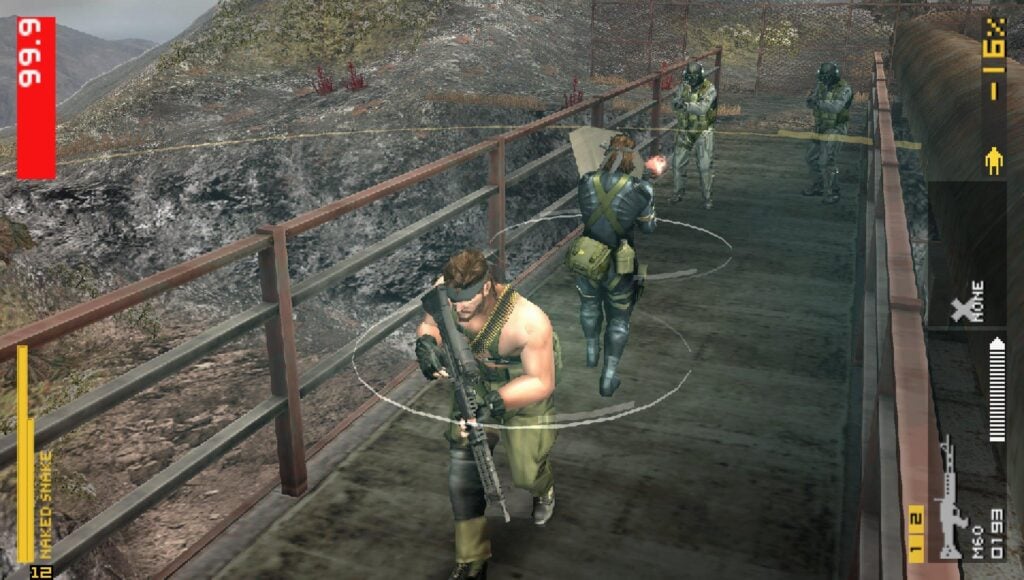
- The mission forces him to face his ideals, his legacy from The Boss, and the growing weight of leading a nation without borders.
2. Metal Gear Solid: Peace Walker (1974); Building a Nation of Soldiers
Fresh from his disillusionment, Big Boss sets up Militaires Sans Frontières, a soldier’s army without a country. What begins as mercenary work in Costa Rica morphs into another nuclear standoff, this one involving AI weapons and philosophical debates over nuclear deterrence.
Despite being made for PSP, the story runs deep. Peace Walker plants seeds for Big Boss’s dream of Outer Heaven, a self-sustaining military state; an idea that becomes both his ambition and his undoing.

- Amid deception and revenge, he uncovers the truth about his own identity and the origins of Big Boss’s legend.
3. Ground Zeroes (1975) & The Phantom Pain (1984); Venom’s Rise
What should have been a simple rescue spirals into disaster when Mother Base is attacked, leaving Big Boss in a coma. Enter Venom Snake, a battlefield medic transformed through reconstructive surgery and psychological conditioning to act as Big Boss’s double.
In The Phantom Pain, you rebuild as Diamond Dogs, recruiting soldiers, raiding outposts, and hunting the shadowy XOF unit. The open-world freedom contrasts with earlier linear missions, yet the final reveal, that you’ve been playing as Big Boss’s body double all along, reframes the entire experience. It’s a rare twist that retroactively deepens the saga’s mythos.
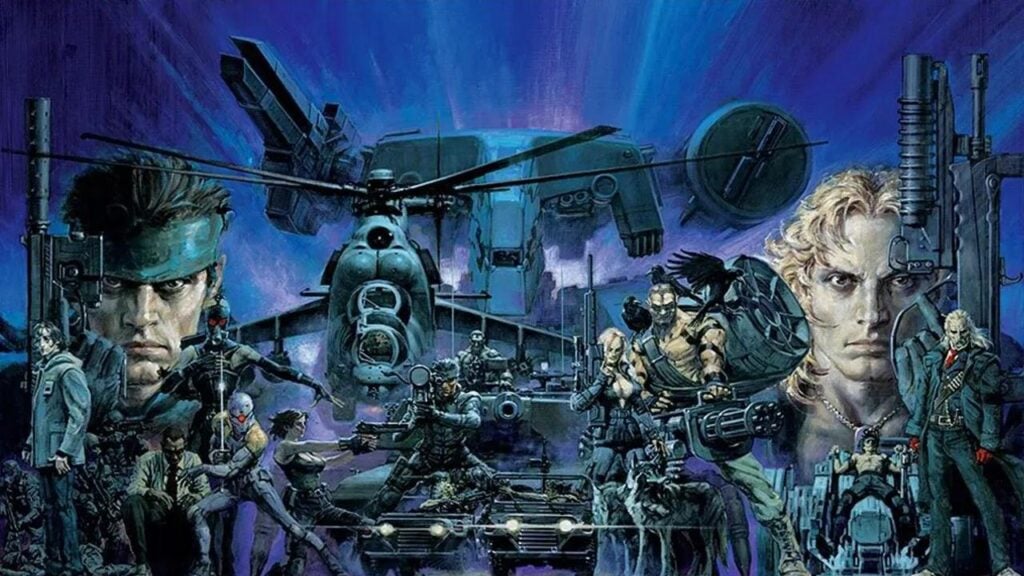
- MG 2: Solid Snake sees Snake return to stop Zanzibar Land’s new Metal Gear, leading to a final showdown with Big Boss.
4. Metal Gear (1995) & Metal Gear 2: Solid Snake (1999); The 8-Bit Confrontations
Before everything went cinematic, these MSX-era games set the foundation of the Metal Gear Solid story: Solid Snake, a rookie operative, infiltrates Big Boss’s strongholds (Outer Heaven, then Zanzibar Land) and ultimately defeats the very man who trained him.
They might look simple today, but these games deliver the essential arc: the passing of the torch from one Snake to another, and the start of a rivalry carved into spy history. Later games frequently recap these events, making them optional to play but crucial to understand.

- As he faces former comrades turned terrorists, Snake uncovers personal ties, government conspiracies, and his own genetic legacy.
5. Metal Gear Solid (2005); Shadow Moses and Genome Soldiers
Snow sweeps across the Alaskan islands as Solid Snake returns from retirement to stop FOXHOUND, whose new leader, Liquid Snake, hijacks a nuclear-equipped mech called Metal Gear REX. The twist? Liquid is not just Snake’s enemy, but his genetic twin, part of the Les Enfants Terribles cloning project.
This is the blueprint for modern stealth games, but also for high-drama military plots. Shadow Moses ties together rogue nukes, corporate profiteering, and inherited identity in a package that still feels tense decades later.
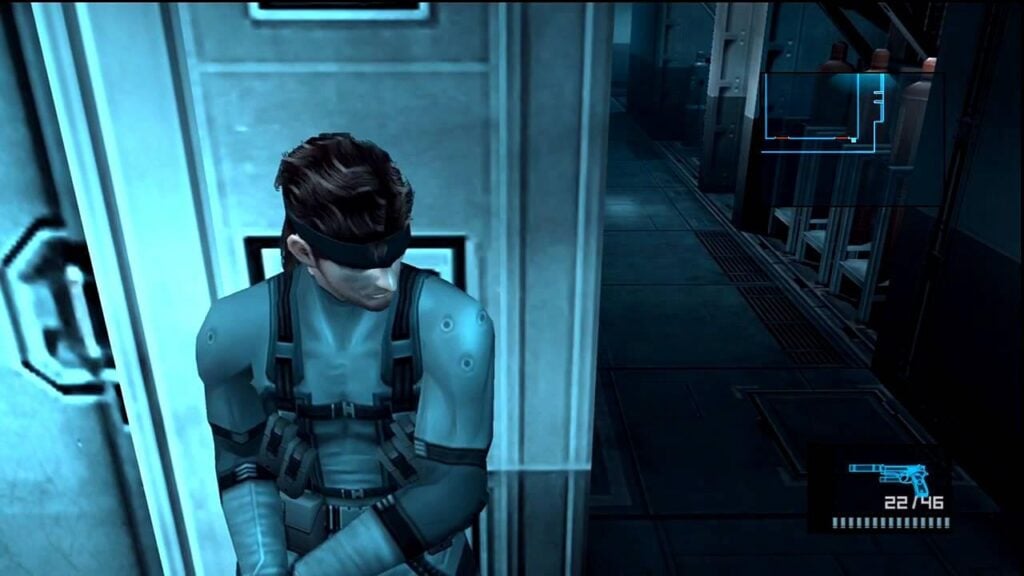
- The story weaves deception, identity, and information control, culminating in revelations that reshape everything he thought he knew.
6. Metal Gear Solid 2: Sons of Liberty (2007–2009); Patriots and Postmodernism
Surprise is an understatement. Players expecting Solid Snake as the lead suddenly find themselves in Raiden’s shoes, on a mission that starts as a rescue but spirals into a revelation that the world is secretly controlled by an AI collective called the Patriots.
Far from a gimmick, this shift in the Metal Gear Solid story explores how stories are told and shaped, and how information control defines the digital age. Many now see MGS2 as ahead of its time for predicting online manipulation and data filtering on a massive scale.
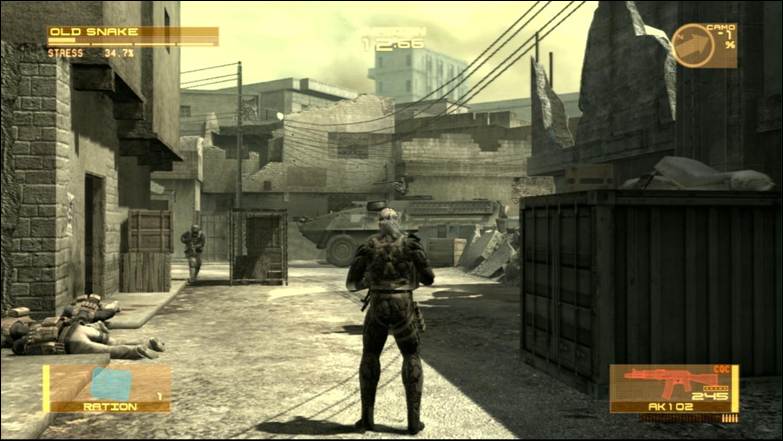
- Amid a war economy and collapsing alliances, Snake confronts his mortality and uncovers the truth behind the Patriots’ control.
7. Metal Gear Solid 4: Guns of the Patriots (2014); Snake’s Last Mission
By now, Snake is aging rapidly due to his clone genetics; one last mission before his body gives out. Traveling across continents, he seeks to dismantle the Patriots’ AI network and confront Liquid Ocelot, a foe who’s part brother, part puppet of past personalities.
The game is infamous for its long cutscenes, but they serve as a sendoff for decades of intertwined fates. Snake’s farewell is bittersweet; the war economy collapses, the Patriots’ grip shatters, but he lives to see the sun one last time in peace.
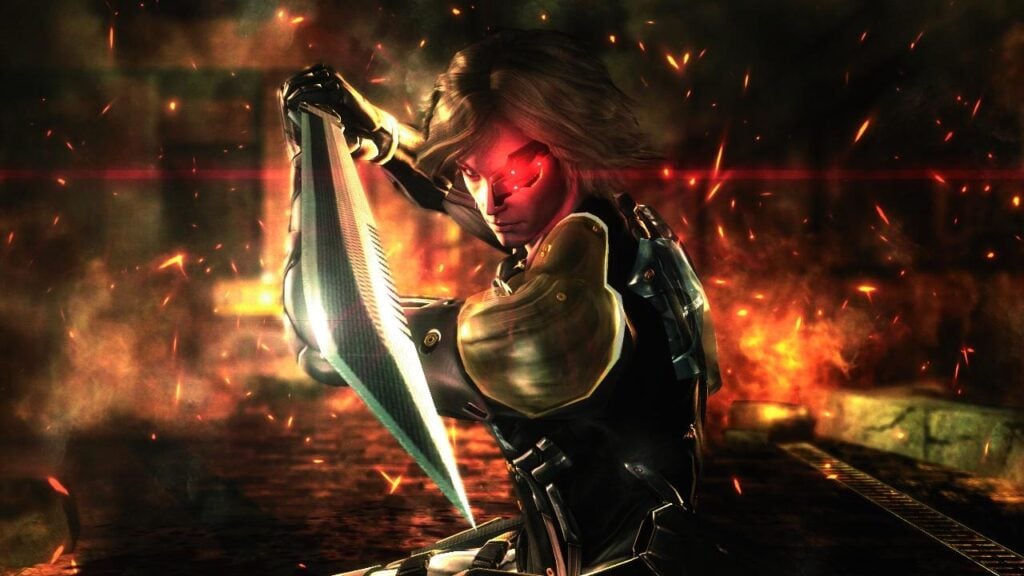
- Through high-speed sword combat, he confronts moral dilemmas about war, freedom, and his own violent nature.
8. Metal Gear Rising: Revengeance (2018); Raiden’s Chapter
In a world reshaped after the fall of the Patriots, Raiden embraces his cyborg identity to battle private military companies. It’s fast, flashy, and tonally different; more anime swordplay than political thriller; yet it closes a loop for Raiden, now the blade instead of the pawn.
Political Conspiracy, Identity, and Legacy
Running through every game in the Metal Gear Solid story is the conflict between free will and control. The Patriots, in one form or another, seek to guide humanity’s fate, while characters like Big Boss and Solid Snake resist, though often by creating systems of control themselves.
Cloning, AI surveillance, and nuclear deterrence; these massive ideas are anchored through personal struggles. That’s why, despite all the acronyms and plot twists, Metal Gear’s story hits hardest when it’s just two people on a battlefield, with history between them and no peaceful way forward.
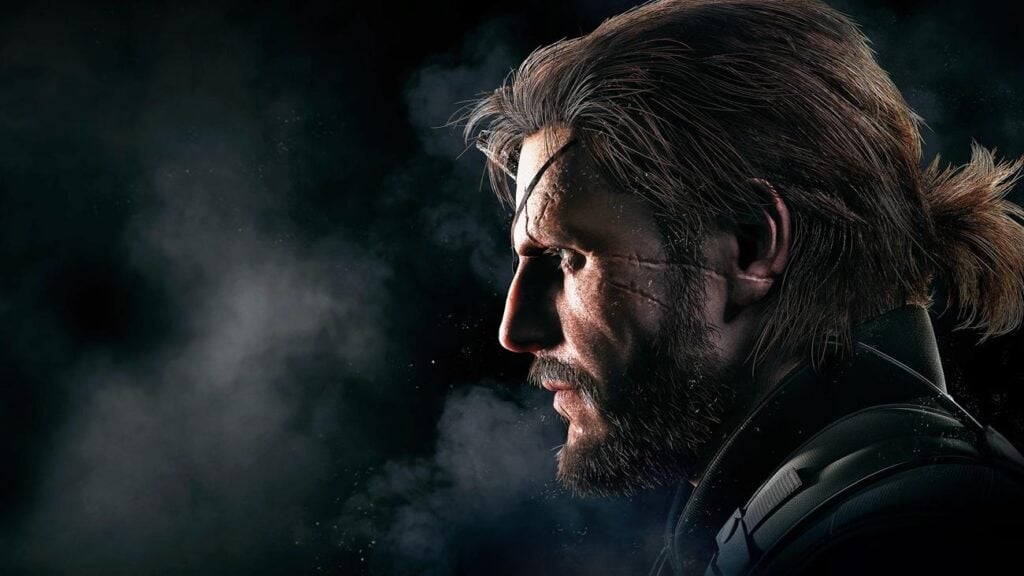
- Its themes of war, politics, and human nature continue to influence game design and narrative depth across the industry.
In the End: Why Metal Gear Still Matters
You can strip away the stealth, the mechs, and even the military jargon, and you’d still have what matters: a decades-long meditation on loyalty, power, and what it costs to be the hero… or the villain… in someone else’s story. Whether you come for the politics or the boss battles, the Metal Gear Solid story leaves you with the same truth it’s been whispering since 1964: in war, legends are made, but the people behind them are often broken. And maybe that’s why Metal Gear’s tangled web doesn’t just engage our minds; it stays in our bones.
FAQs
Q1: Which Metal Gear game has the shortest cutscenes?
Metal Gear Solid V: The Phantom Pain leans most heavily on gameplay over exposition, so its cutscenes are generally shorter than other entries.
Q2: Is there a complete remaster collection of all Metal Gear Solid games?
As of now, Konami has released the Master Collection Vol. 1, containing several titles, with hints toward more volumes coming.
Q3: Can you understand Metal Gear Solid without playing the earlier 8-bit games?
Yes, later entries recap major events, but knowing them adds weight to Big Boss and Snake’s shared history.
Q4: Has Kojima confirmed if the Metal Gear saga is over?
Hideo Kojima left Konami after The Phantom Pain, and while Konami may continue the franchise, his personal involvement in new entries is unlikely.




